CSIS Analysis Reveals Possible Signs of Renewed Iranian Nuclear Activity at Buried Sites
CSIS satellite imagery reveals accelerated construction at a buried Iranian site near Natanz, suggesting a push for clandestine nuclear work after June strikes.
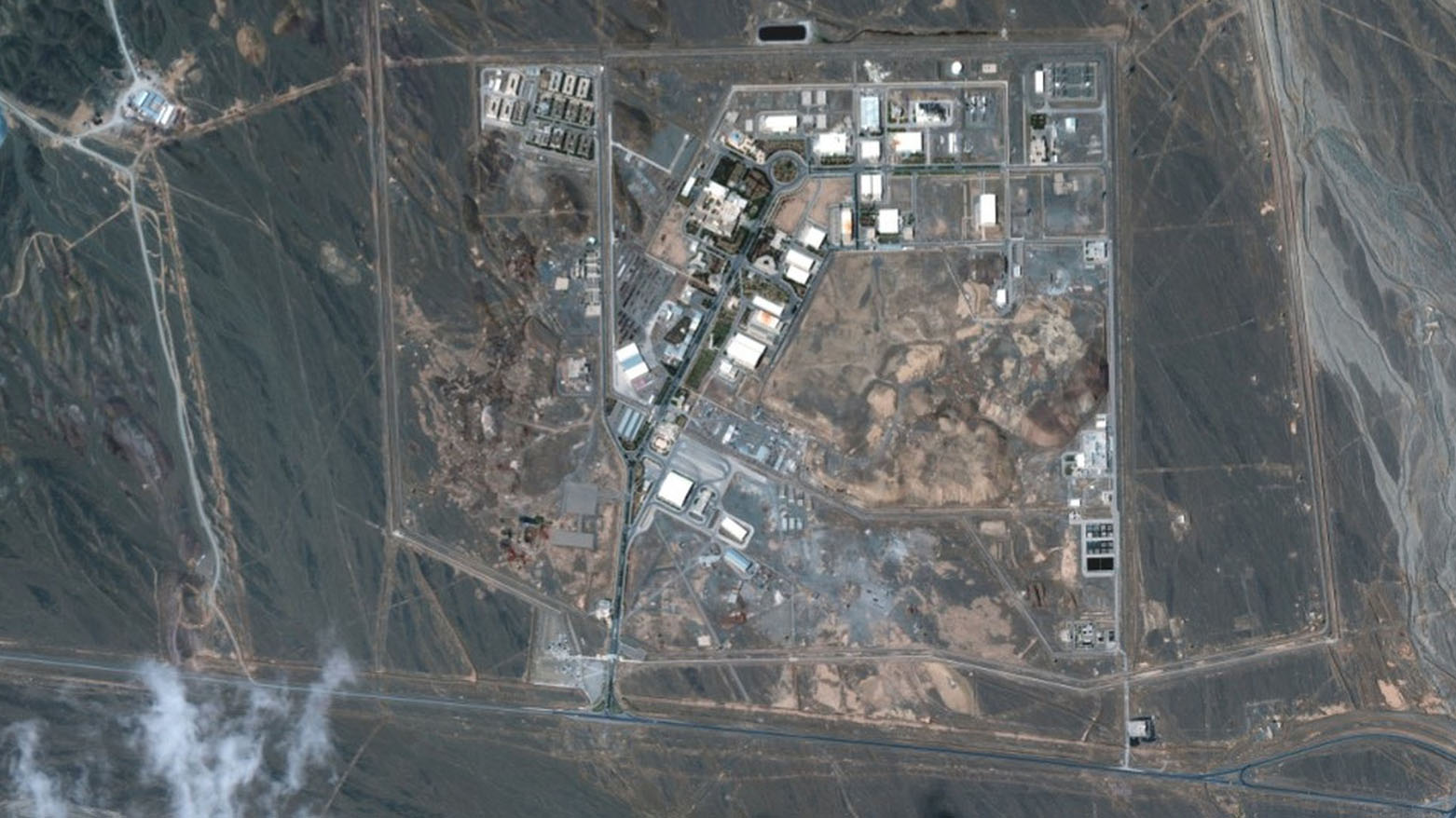
ERBIL (Kurdistan24) – In a sobering analysis published just days after Tehran officially declared the expiration of all its obligations under the decade-old Iran nuclear deal, new satellite imagery reviewed by the Center for Strategic and International Studies (CSIS) reveals an accelerated construction pace at a deeply buried facility near Natanz, raising fresh concerns about the future of Iran's nuclear program in an era now defined by "strategic opacity" and a complete lack of international oversight.
The imagery, which shows significant new construction at the "Pickaxe Mountain" site since the devastating U.S. and Israeli military strikes in June, suggests that while Iran's overt nuclear facilities at Fordow, Natanz, and Isfahan remain dormant and in disrepair, a concerted effort may be underway to push critical nuclear-related activities into clandestine, heavily fortified underground locations.
The commentary, authored by Joseph Rodgers and Joseph S. Bermudez Jr. for CSIS, paints a picture of an Iranian nuclear program in a state of flux, shaped by the aftermath of Operation Midnight Hammer and Operation Rising Lion in June, the targeted loss of key scientific personnel, and a fierce internal crackdown creating a "culture of fear."
This new phase, the authors argue, is marked by a perilous combination of operational chaos and a determined push toward secrecy, creating an urgent and renewed need for transparency and international diplomacy that Tehran is simultaneously demanding and actively blocking.
The Aftermath: A Tale of Two Programs
According to the CSIS analysis, the U.S. strikes on June 22 against Iran's three key declared nuclear facilities at Fordow, Natanz, and Isfahan were remarkably effective.
"Satellite imagery of each of the three facilities reveals virtually zero activity or attempts to rehabilitate these sites," the authors state.
Before the strikes, these sites were the heart of Iran's known program, with uranium enrichment taking place at Fordow and Natanz, and uranium metal processing at Isfahan. The imagery now shows a starkly different reality.
At Natanz, essential infrastructure like transformers and power generators, destroyed in the strikes, have not been replaced. At Isfahan, "debris remains visibly scattered in the roadway, blocking access to many of the damaged buildings." The conclusion from this visual evidence is clear: "the U.S. strikes effectively halted uranium enrichment and uranium processing at these critical sites."
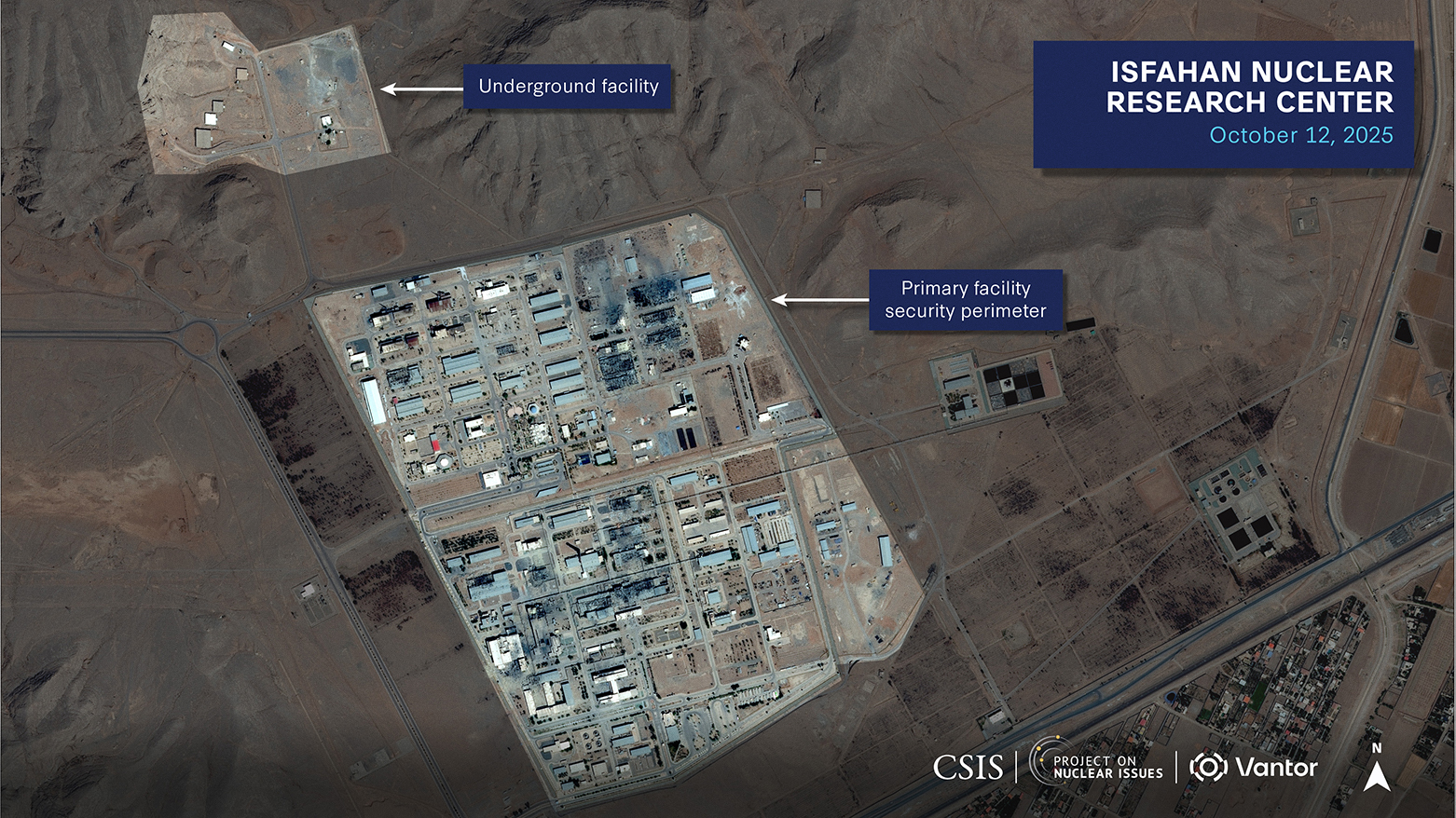
However, this overt paralysis is contrasted by a flurry of activity just one mile south of the Natanz enrichment site, at the deeply buried facility known as Pickaxe Mountain.
Construction of this underground complex began in 2020 after a fire, widely attributed to sabotage, destroyed a centrifuge assembly hall at the main Natanz site. At the time, Ali Akbar Salehi, then the head of Iran's nuclear program, announced that a more modern and larger facility would be built "in the heart of the mountain near Natanz."
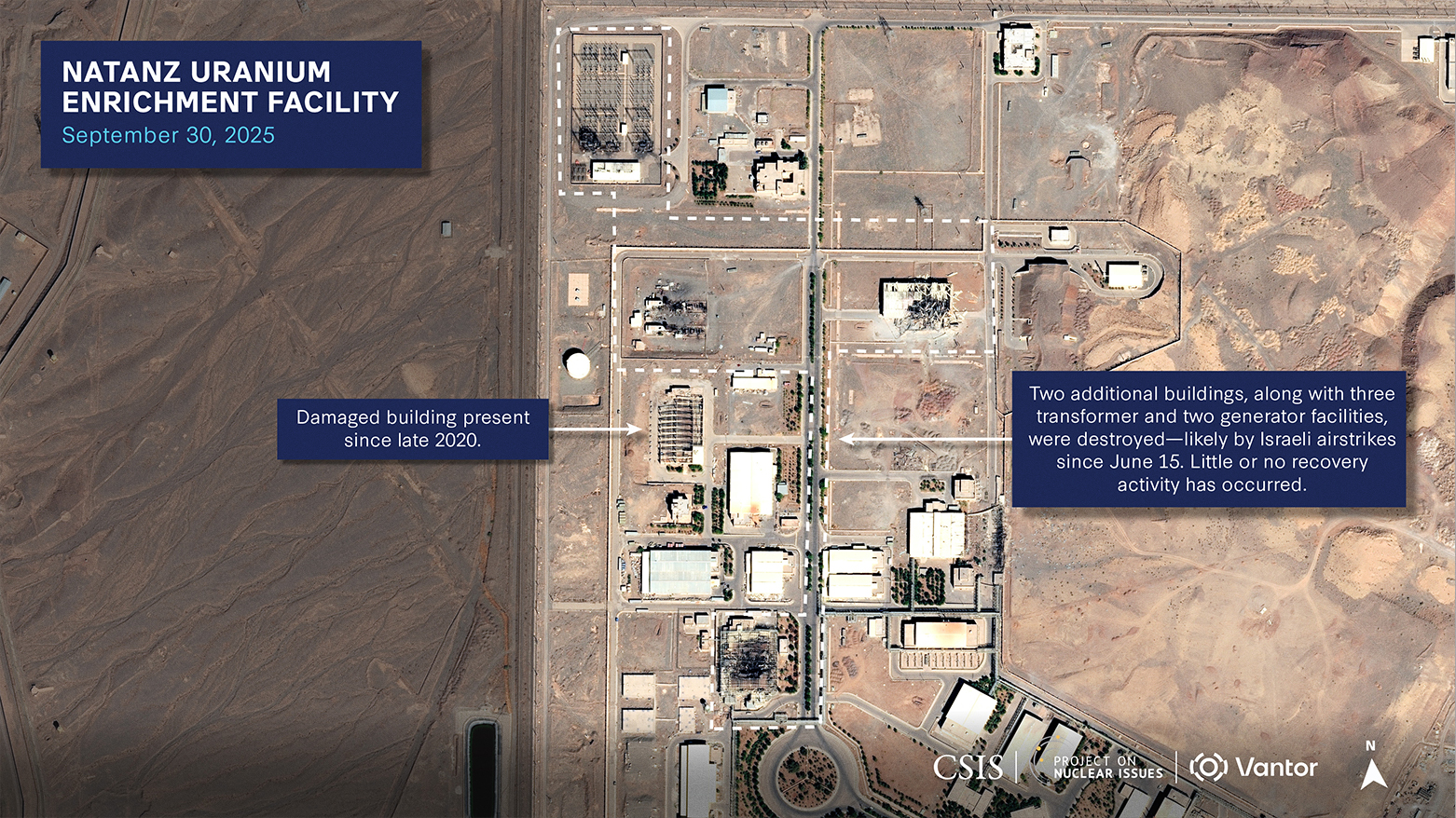
The new CSIS analysis, which compares satellite images from June 30 and September 30, reveals that Iran has "stepped up construction at the Pickaxe Mountain site" since the June strikes. The analysis determined that a security wall has been erected around the entire perimeter of the site, a clear sign of its heightened importance.
The underground facility consists of multiple tunnels, or portals, and the imagery shows that two of these portals—one at the eastern end and one at the western end—have recently been extended and are in the process of being covered by gravel and sand, a technique used to further conceal and harden underground structures.
The heightened pace of this construction, the authors note, suggests that "the timeline for Pickaxe Mountain’s operation has likely moved up."
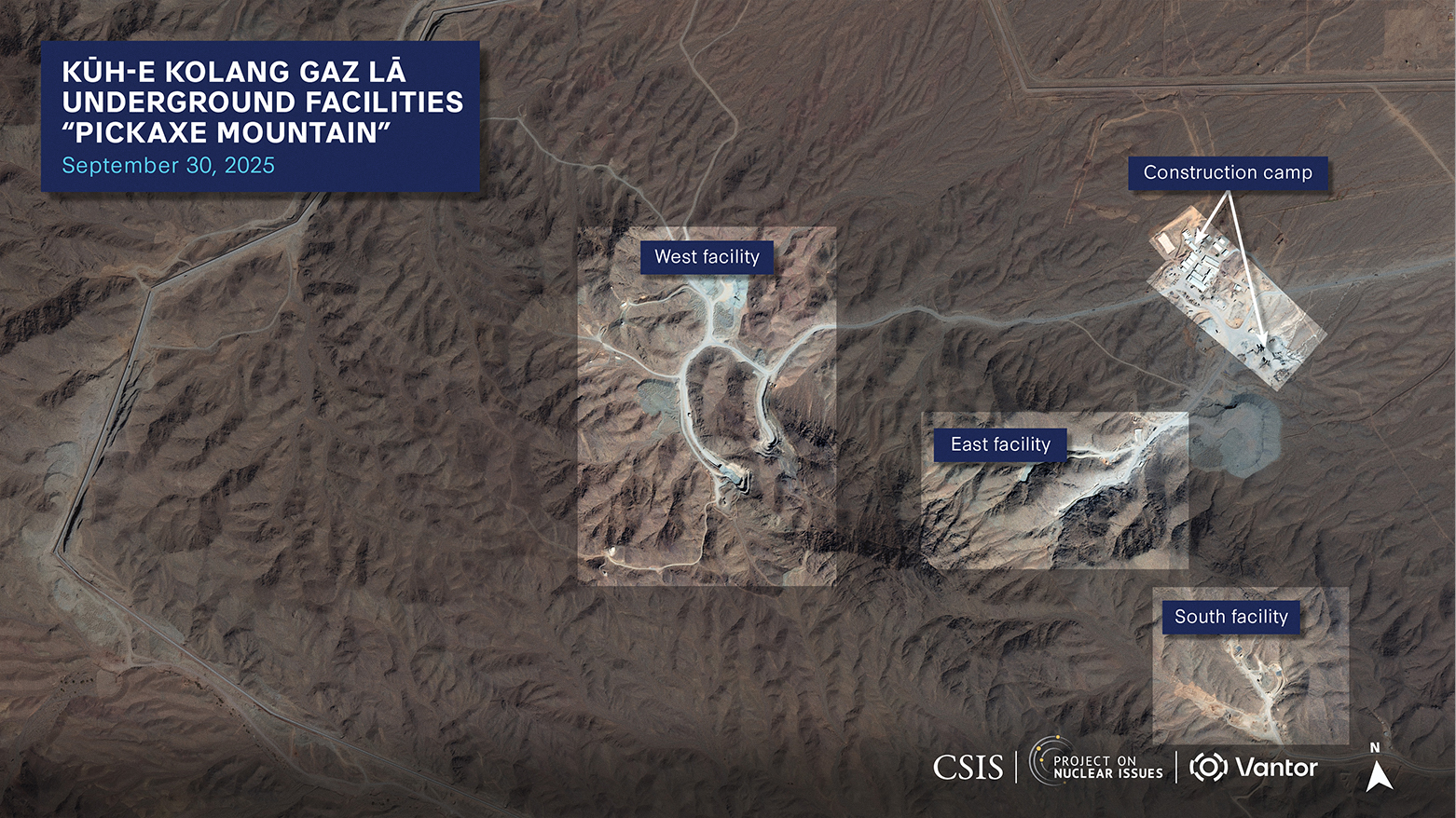
A Mountain of Suspicion
While the CSIS authors caution that it is "difficult to definitively assess the full purpose of Pickaxe Mountain from imagery alone," the construction of such a large and heavily fortified underground facility in close proximity to a major enrichment site is described as "highly suspicious."
They lay out three potential explanations for the intensified activity. First, Iran may simply be pushing to complete the centrifuge assembly facility as originally planned, but on an accelerated schedule. Second, the mission of the site could be expanding to include other critical activities, such as metallurgy, which was housed in the now-destroyed buildings at Isfahan. Third, and most concerningly, Iran may be pursuing a clandestine uranium enrichment facility at Pickaxe Mountain.
Such a facility, the authors speculate, could be used to enrich Iran’s existing stockpile of an estimated 400 kilograms of 60 percent enriched uranium to the 90 percent weapons-grade level. This stockpile was a key concern highlighted by U.S. Vice President JD Vance on June 24.
Regardless of the true purpose, the main takeaway from the analysis is the urgent need for greater transparency into Iran's nuclear activities, a transparency that only the International Atomic Enegy Agency (IAEA) and international diplomacy can provide.
This point is underscored by the contradictory stance of the Iranian government itself. When asked about the construction at Pickaxe Mountain on September 26, Iranian President Masoud Pezeshkian dismissed the satellite imagery as insufficient and called for IAEA inspectors on the ground to verify the site's purpose. "Unfortunately," the CSIS authors write, "Tehran is demanding transparency while simultaneously banning the very inspectors who could provide it."
This comes after Iran's Foreign Ministry on October 18 officially announced the expiration of all its obligations under the 10-year-old Joint Comprehensive Plan of Action (JCPOA), formally ending all international oversight.
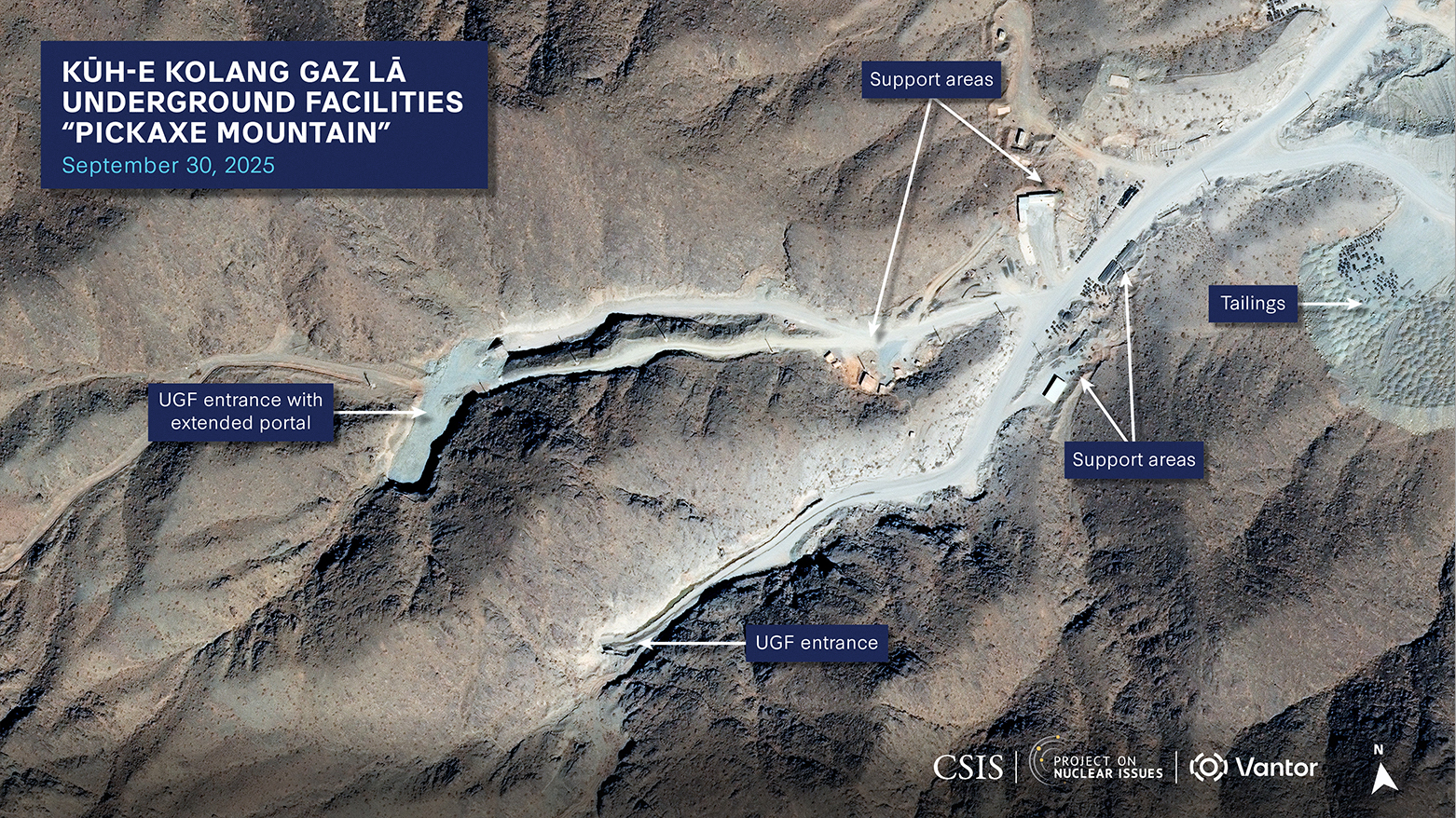
The Human Factor: Lost Knowledge and a Culture of Fear
The June strikes did not just damage buildings; they dealt a severe blow to the human capital of Iran's nuclear program. In addition to the U.S. strikes on facilities, Israel's military operation targeted key scientific leadership.
Israeli Ambassador Joshua Zarka told reporters that Israeli strikes in June killed at least 14 leading nuclear scientists, individuals with irreplaceable "tacit knowledge" of chemistry, engineering, and nuclear physics.
According to the CSIS analysis, the loss of this technical expertise, which often requires years of dedicated training, will "severely impair Iran's ability to attract and maintain the vital tacit knowledge necessary for sustaining and advancing a future nuclear weapons program."
The scope and precision of the strikes, the authors argue, indicate that U.S. and Israeli intelligence had deeply penetrated Iran's nuclear and military programs. This realization has led Tehran to launch a fierce internal crackdown.
On June 25, over 700 Iranians were arrested on accusations of spying for Israel. In September, two men were executed after being accused of meeting with Mossad. The Norway-based nonprofit Iran Human Rights claims that Iran has executed at least 1,000 people in 2025, more than at any time in the past three decades.
This brutal campaign, the CSIS analysis posits, is likely creating a "culture of fear" within Iran's nuclear and military organizations. The program will likely suffer from "pervasive distrust," and a renewed emphasis on security and secrecy could "significantly impact the productivity and pace of a future dash to rebuild nuclear capacity."
As one Iranian official reportedly told The Telegraph, some surviving scientists no longer trust their own bodyguards. "Repairing damaged facilities is difficult," the authors conclude, "but rebuilding trust and human capital are equally challenging problems."
The Path Forward: A Call for Pressure and Diplomacy
The termination of the JCPOA and the expulsion of international inspectors are described as "troubling signs."
While technical and social challenges may impede an Iranian dash toward a bomb, the international community faces a perilous new reality. Iran likely possesses a significant stockpile of highly enriched uranium and is actively constructing secretive underground facilities that could "build back key aspects of its nuclear program in the dark."
The authors conclude with a stark policy recommendation. Iran's future posture toward the nuclear Non-Proliferation Treaty (NPT), from which it has threatened to withdraw, will be a key indicator of its intentions.
As a signatory, Iran is obligated to allow IAEA inspectors to monitor its facilities. "The international community must pressure Iran to comply with the NPT and cooperate with the IAEA as a prerequisite for any meaningful future dialogue," the authors insist. The message is clear: without renewed oversight and diplomacy, the world may be flying blind as Iran's nuclear ambitions move deeper underground.
